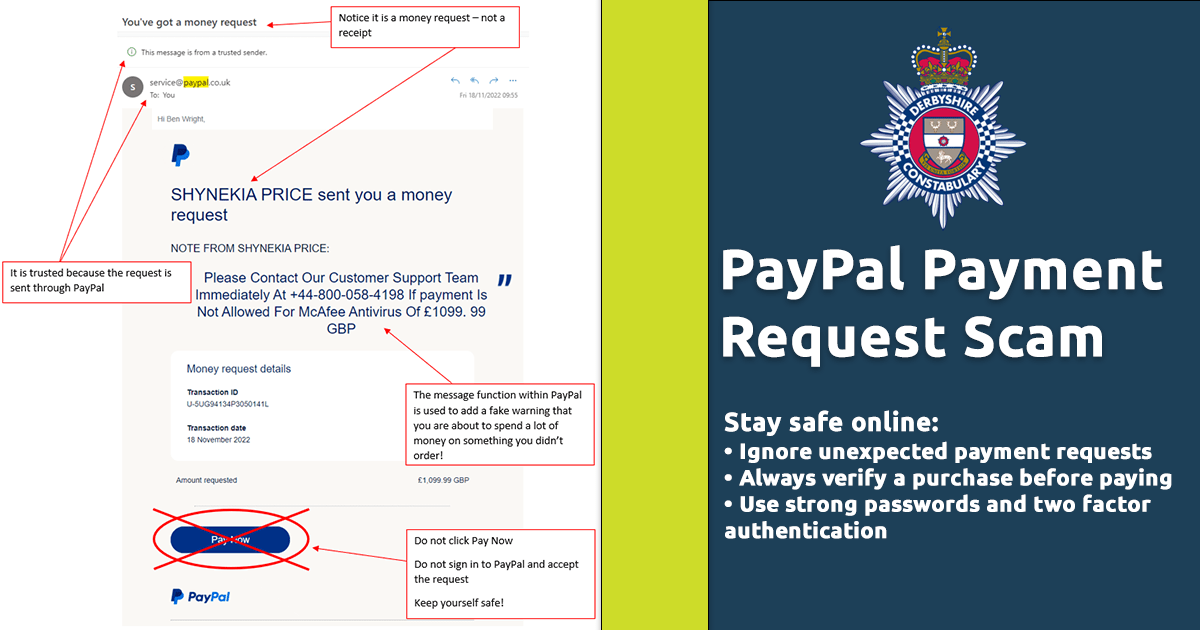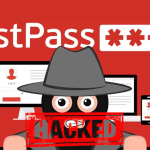If you have a paypal account, then literally anyone with an email address can request money from you. That’s the double-edged sword with PayPal – it’s simple to set up and use for legitimate purposes, but fraudsters can take advantage of that ease of use to perpetrate scams on the unsuspecting public.
The PayPal Money Request scam has been around for a long time, but occasionally the scammers will often revert to using old tricks, so consider this a friendly reminder, this one has made a comeback.
Here’s how it works: You receive an email from Paypal with the subject “You’ve got a money request.”, but if it is not a spoof email and really does originate from PayPal (obviously don’t click on any links within the email), the next time you log into your PayPal account you’ll see the pending money request in your account activity page.

Once you’re logged into your account, the Transaction Detail page for the money request will give you two options – Send Payment | Cancel.
Obviously, you will want to cancel the transaction, and you’ll want to do it sooner than later, as the money request can blend in with other PayPal transactions if you’re using it frequently, and you wouldn’t want to accidentally pay it.

Someone wrote about this scam in 2009 about a $5 request. Comments in 2010 said they were getting $10 requests. The screenshot above as you can see is for £499 – chalk it up to inflation.
This type of scam is really a numbers game. Fraudsters are hoping these requests are received by people who are either naive or more likely, busy online merchants who make dozens or sometimes hundreds of PayPal transactions daily and may unintentionally authorize the payment before realizing it wasn’t attached to a legitimate transaction.
It doesn’t take a high percentage of success to make this venture profitable for a scammer. And it wouldn’t be pervasive if there wasn’t some level of success. So remain vigilant.
Paypal.com







